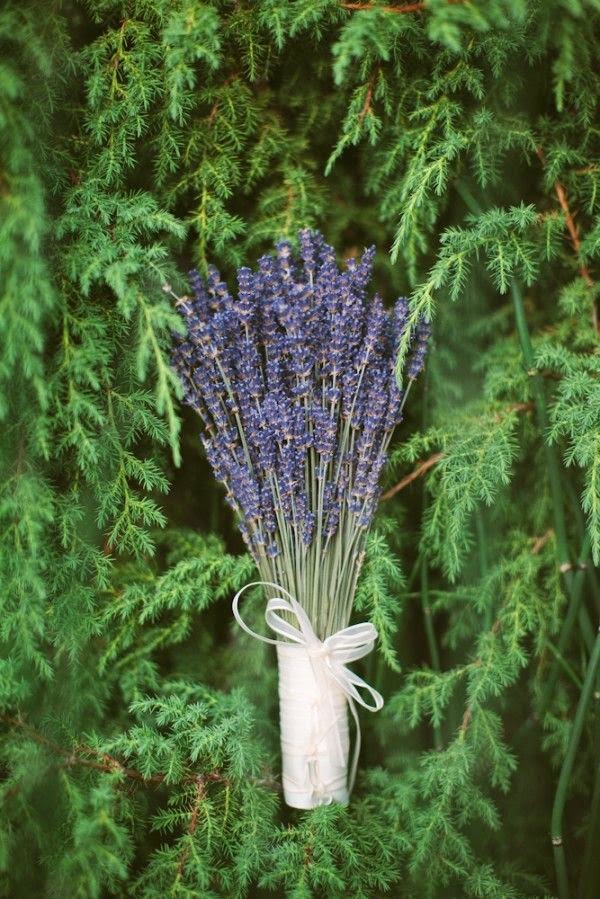Cartwright Canyon Residence
Existing Conditions:
Located in the Boise Foothills this backyard has the challenge of a steep vertical incline. The front yard is comprised of a driveway and additional hardscape that will remain untouched in this design. An existing fence runs the perimeter of the backyard.
The backyard has a deck located off the second floor of the home. The second floor deck hangs over a ground floor deck. The ground floor deck has a seat wall marking its edge. Surrounding the deck is a small turf pad, with scattered stepping stones.
A rock retaining wall lies where the grass pad ends, at this point the steep incline of the backyard begins. The hill is adorned with native grasses and a few red doiser dogwoods, but the hillside is unusable due to its steep nature. There are steps that traverse the hillside from the grass pad by the house. The steps extend up to the northern tip of the property boundary. The steps are deteriorating and unsafe. The yard was lackluster at this point, yet held full potential to aid in the marvel and woe of living on the hillside of the Boise Foothills.
Design:
To make this yard more livable, a tiered deck was introduced, extending further and climbing higher into the hillside than the previous deck. This project was installed by Sterling Landscape.
To make this yard more livable, a tiered deck was introduced, extending further and climbing higher into the hillside than the previous deck. This project was installed by Sterling Landscape.
A shade structure was extended from the existing second story deck.
A water feature was implemented next to the deck, for a focal point, as well as to attract birds and create subtle sounds of tranquility.
A paver patio replaced the previous turf area and leads to the new staircase.
The staircase is reconstructed and engineered for stability, now welcoming to people of all ages.
Lush plantings adorn the retaining wall planter bed.
Through the use of a rock wall that surrounds the deck, boulders and the stone slab staircase, texture is added to the space. A gas fire place is located at the focal point of the tiered deck.
Rich, lush, native plantings add color and interest to the hillside.





































